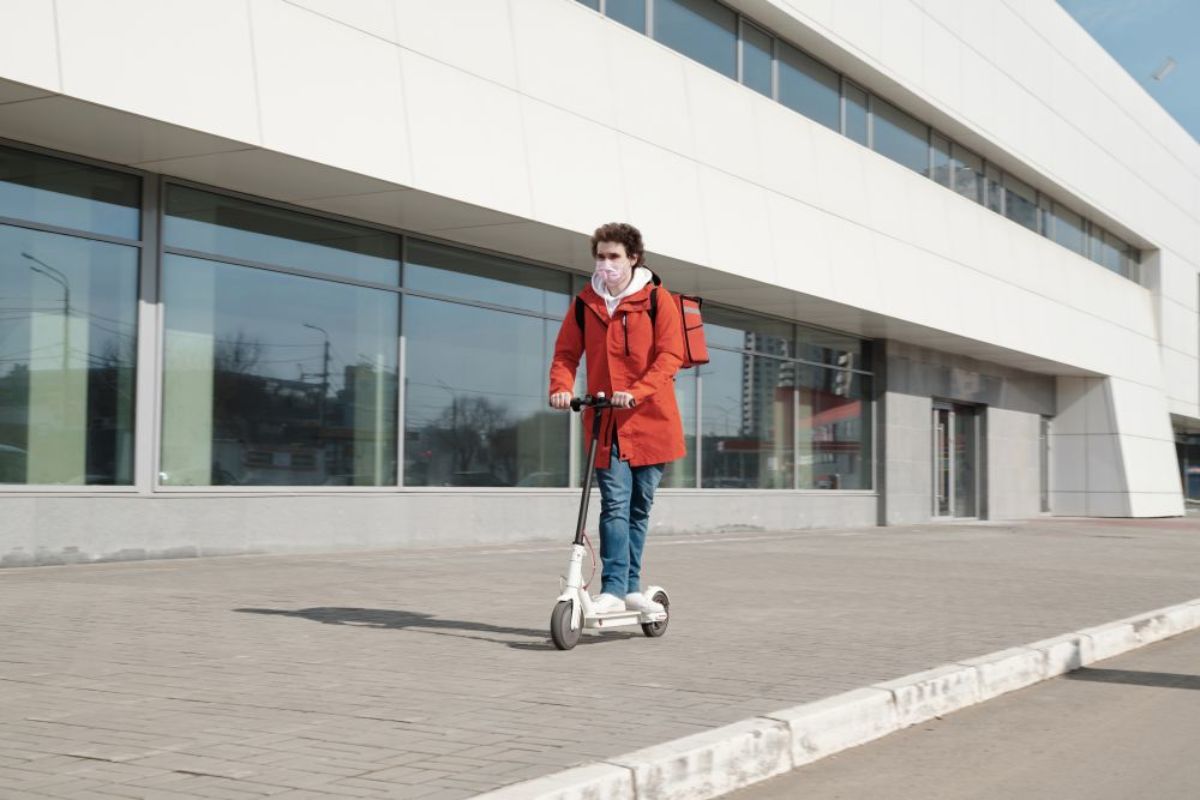Lockdowns are not the only way to control a pandemic. Keeping open the restaurant and retail sector increases the risk of infection, which involves a significant difference between private and social cost. The most efficient solution to this problem would be to offer incentives to shops and restaurants to close, rather than mandate lockdowns.
Introduction
In the autumn of 2020, many European governments are imposing ‘lockdowns light’, which usually contain limitations on the activities of those restaurants, bars and shops considered as non-essential. The assumption behind these often partial closures is that the risk of infection is high wherever people mingle in confined spaces. A recent paper provides further evidence of the importance of restaurants, bars and gyms in the spread of the virus.
Mandated closures have led to strong popular protests (especially in France and Italy) because they threaten the livelihoods of many small individual shop or restaurant owners. These two sectors are already under pressure from e-commerce. There are thus many marginal operators who feel they cannot survive this second lockdown, even if only a light one. Governments have of course been trying to provide help and compensation for lost income. But in many cases, this compensation has been late, partial and unable to target the most (economically) vulnerable.
Governments have instinctively reacted with mandated closures, but this step might not be needed if one considers the alternative of taxes or subsidies. Taxes or subsidies have so far played no role in the so-called Non Pharmacological Interventions (NPIs), although they could achieve the same objective in terms of social distancing.
In concrete terms, this could mean the following. Governments could announce a subsidy to any store or restaurant owner willing to close the establishment for a certain time (e.g. 1-3 months). A longer period of closure would be better because it would help keep infections low during the rest of the winter.
One needs to avoid the problem that the remaining stores become more crowded once a large proportion of them closes. Overcrowding was already regulated before the new second wave restrictions, as customers were asked to keep a minimum distance. This type or regulation should be maintained in the simplest form possible: no more than a certain number of customers on the retail premises per square metre.
Governments could thus start with a subsidy offer that could be specified in terms of a lump sum per square metre, paid up front to the owner of any retail establishment willing to close (for in-store shopping or dining) for a number of months. Take-away and internet sales would still be permitted. Each individual operator would then calculate herself the opportunities from other sales channels. For those least able to adapt, accepting the subsidy might be the best option.
In principle, it would be preferable to conduct a reverse auction whereby retailers could submit the price at which they would be willing to close. Successive rounds could then be held until the desired reduction in retail space supply has been reached. One caveat: there might simply not be enough time to organise this now.
Applying lessons from the Classics: Pigou and Coase
Climate change provides another example of a discrepancy between social and private interests. It has been widely recognised that a ‘Pigouvian’ tax, i.e. a tax on emissions or a setting a price on emission allowances as under the EU’s Emission Trading system, can achieve the desired outcome more efficiently than direct regulation of polluting activities (Nordhaus, 2018). This lesson should also be applied to pandemic control.
In the case of climate change, it is widely agreed that a tax on emissions is more appropriate than a subsidy not to emit. In the case of pandemic control, the choice is not so clear.
Coase (1960) argues that provided transaction costs are negligible, the efficient solution to a problem involving a difference between social and private costs should be independent of the allocation of property rights. In pandemic control the interests of society are represented by the government, which keeps transaction costs low. The key question is then whether the right to keep a store open is held by the owner or whether it belongs to society. The fact that governments provide compensation indicates their recognition that the right to stay open should belong to the owner. It follows that a subsidy for closure would be more appropriate than a tax on restaurants.
Political advantages of a closure subsidy
In more practical terms, a closure subsidy offers a number of advantages. It would constitute a way to provide income compensation for the most marginal businesses at a reasonable fiscal cost, while still reducing social interactions in stores and restaurants. The subsidy for closure (of in-store activity) should be especially attractive for marginal shops or restaurants (the ones that have more reason to protest). The subsidy would also obviate the need to make arbitrary distinctions between essential and non-essential goods.
Another, more long-term advantage of this approach is that it would encourage small shop owners to switch to online, contactless sales (or quit the market). The resistance to structural change that is so strong in this sector might then be overcome.
The lesson is clear: as the second wave threatens Europe, governments should change tack. They should induce restaurant and bar owners to take a paid vacation, rather than ordering them to close. Such a policy promises much lower fiscal and social costs and would be politically easier to sustain for the winter months still ahead of us.
References
Coase, R., (1960) “The Problem of Social Cost”, Journal of Law and Economics 3, 1–44.
Pigou, A., C. (1924), The Economics of Welfare, 2nd ed. London: McMillan.
This op-ed is a shorter version of Daniel’s article as published by vox.eu on November 12th.






































